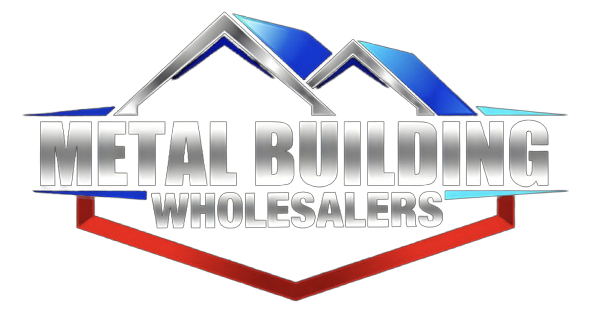Comparison
When it comes to your construction project, making informed decisions is crucial. Explore the key elements of your building process and make confident choices with our detailed comparison.
Buildings Built and Sold By Builders!
Comparison Guide
Considering various factors when choosing a building system is crucial. Explore the key elements below to make an informed decision for your project.
Building
Explore the structural integrity, design flexibility, and customization options that set our buildings apart. From commercial to residential, our offerings cater to diverse needs.
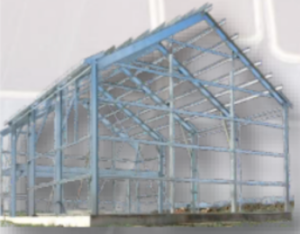
Cold formed suit the 20 to 90+ foot clear span (subject to component availability) ideal for both domestic out-buildings, barn homes, and commercial. Easy to add leanto’s, mezzanine floors, and overhangs. Strength of structural steel without the weight. Galvanized frame for a lifetime.
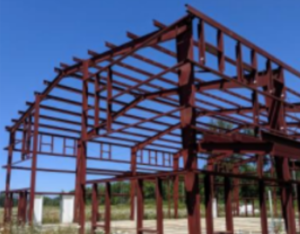
Pre-engineered red iron steel can be built at any size but start to be become more economical for spans over 50’. Ideal for very large spans (Walmart), tall buildings, buildings that need cranes, large unsupported overhangs, open riding arenas, large doors such as airplane hangers.
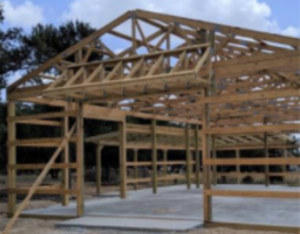
Post frame suited to 24’ to 60’ spans with typical maximum height of 16’. Wider spans and large doors quickly add cost. Ideal for smaller more domestic style buildings, barn homes, and smaller commercial buildings.
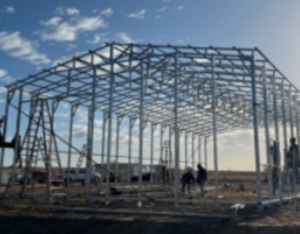
Tube steel is entirely constructed of light gauge 2.5” tube steel with max spans limited to 40’ typically. These buildings are cheap and ideal for non-habited structures only such as carports, RV covers and agricultural sheds for livestock. Tube steel is typically pre-engineered up to a max wind and snow load any may not be ideal for high wind and snow load area.
Shipping
Efficient shipping is crucial. Compare our delivery options, timelines, and logistics to ensure your project stays on track from order to on-site arrival.

Cold formed buildings are produced in factories using roll forming machines by taking large steel coils and running those through a series of rollers to form them into shapes used in cold formed buildings. Cold formed building manufacture is the fastest of the 3 types of building. Delivery to site from order is typically 3 weeks. Unloading by forklift. 16’ post/column 97-117#

Pre-engineered red iron steel buildings main frames are processed in large factories with cranes, heavy machinery and welding equipment. The secondary framing purlins and girts are manufactured using roll forming machines. Delivery to site from order is typically 8 to 16 weeks. Unloading will typically require a crane or heavy forklift. 16’ column 200-250#

Post frame buildings are a combination of factory manufactured and built on site. The roof system of Post Frame buildings are built in factories using press’s and jigs to form large roof trusses. The walls are typically random lengths of lumber which need cut on site by contractors. Delivery to site from order is typically 6 6-8 weeks. Unloading by forklift. Oregon pine 16’ 6×6 post 112-142#
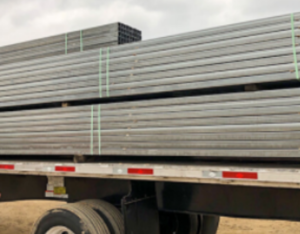
Tube steel buildings are factory manufactured and then assembled on-site. Fabrication is quick due to preset sizes and designs. Delivery to site from order is typically a few weeks. Install is possible in 1-3 days depending on size.
Foundation
Discover the foundation options we offer for stability and durability. Whether it’s a concrete slab, pier, or other solutions, choose what aligns best with your project requirements.
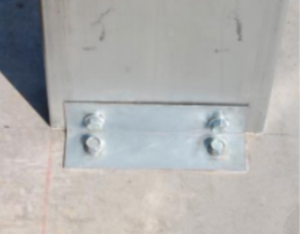
Cold formed buildings bolt to the foundation (slab, piers, strip) using steel base plates and drill in anchors supplied with the building. Anchors are installed after the concrete is complete. Engineered foundation plans are supplied with the building.
Cost savings as COLD FORMED floors typically have 20-25% less concrete than a Structural Steel building.
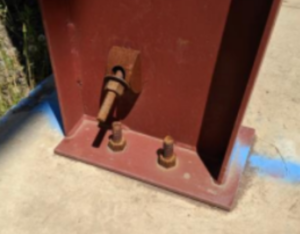
Pre-engineered red iron steel buildings bolt to the foundation (slab, piers, strip) typically using cast in anchor bolts which are not supplied with the building kit. Anchor bolts are installed before the concrete is poured. Accuracy during installation is critical. The engineered foundation plan are typically not included with the building and need sourced from a local structural engineer.
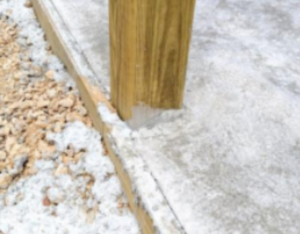
Wood buildings typically have posts that are extended into the ground in an augur drilled hole. The bottom of the hole can have a pad of concrete for the post to sit on and then the rest of the hole is filled with either concrete or with dirt compacted around the post. The foundation is not typically engineered.
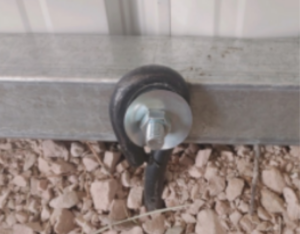
Tube steel can be anchored to dirt, asphalt, or a concrete slab depending on your local building codes. Dirt installs will use a 30” helical earth auger that bolts to the base rail or on a concrete slab, hammered in expandable anchors with a head nut to secure it.
Finishes
Examine our finish options, including colors and coatings, to add both protection and aesthetics to your metal building. Customization ensures your project reflects your style.
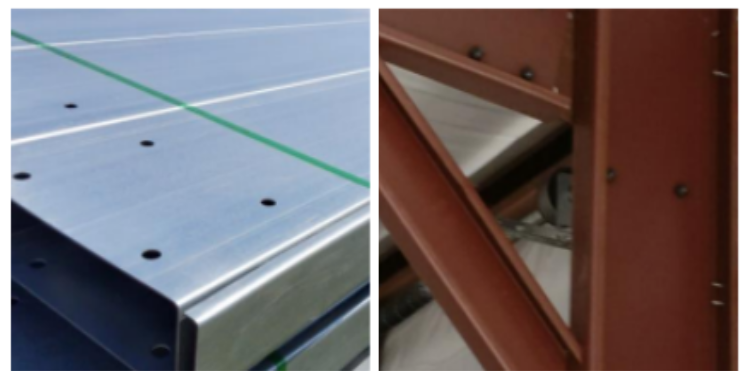
Cold formed buildings come with either a galvanized or painted finish. The galvanized finish comes direct from the steel mill and is an integral part of the steel, without doubt the best option.
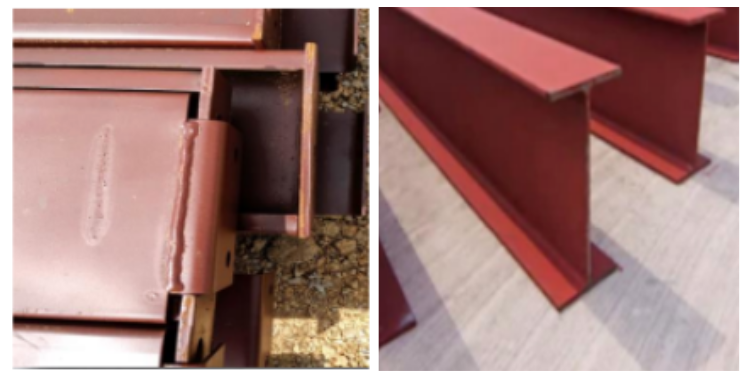
Pre-engineered red iron steel has a painted finish typically in the red although can come in many colors. The paint is intended only to protect the steel during construction and transport and is easily damaged.

Post frame type, color, grain, finish (rough/smooth) will vary over a building. Timber moisture content varies. Post Frame has been treated with chemical preservatives to prevent it from decay and insect damage.
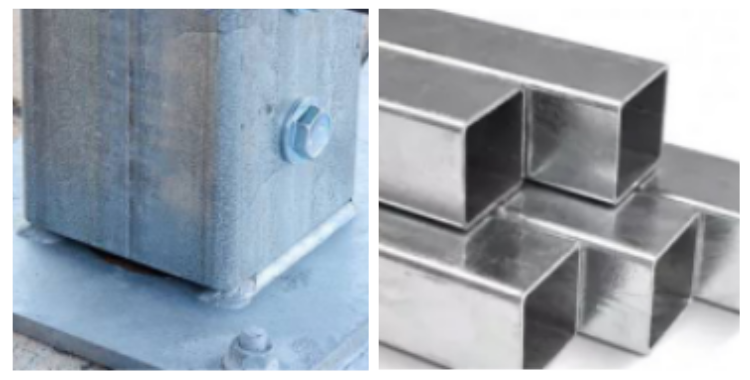
Tube steel available in galvenized steel, aluminum, and other metal finishes depending on design and supplier for durability and code.
Component
Evaluate the quality and specifications of the components we provide. From purlins to trims, our materials meet industry standards for long-lasting performance.
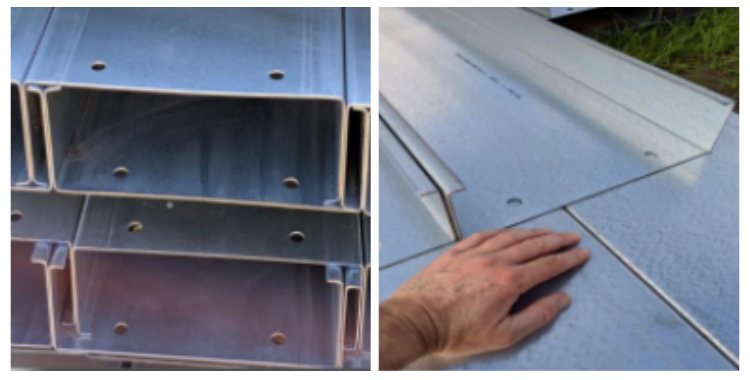
Cold formed components are engineered specifically for the building location. The main frame steel will vary from 4” to 24” in depth and 2 ½ to 5” wide, the gauge varies from 16ga to 10ga.
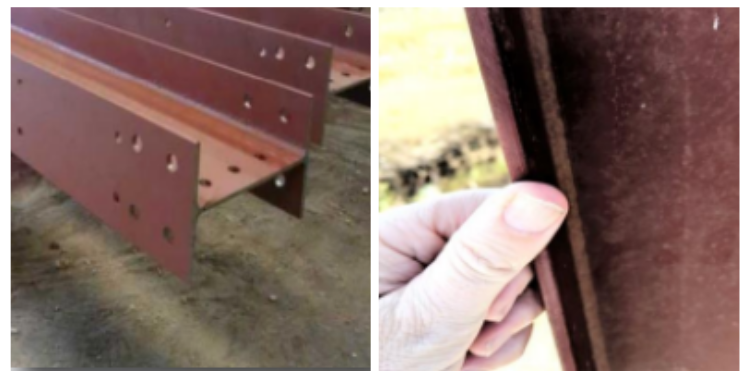
Pre-engineered red iron steel components are engineered specifically for the building location. The main frame steel will vary in size and there is really no limit to the size of the frame. Used for the largest span buildings.
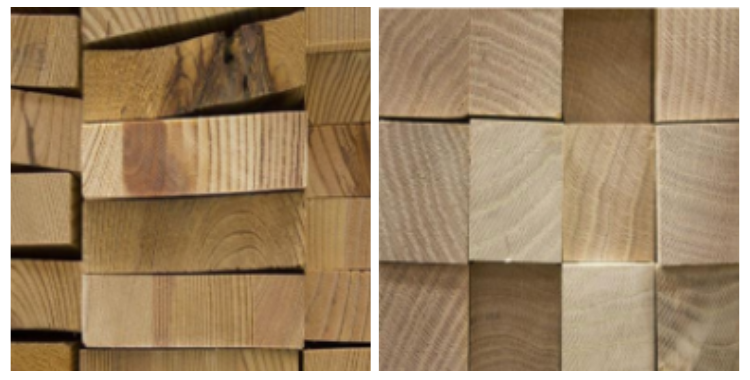
Wood building components are not engineered specifically instead standard codes determine size, species and grade of lumber required. Roof trusses will be engineered.

Tube steel buildings are limited to components built from the original 2.5” stick of tube steel. In some cases, tube steel may be doubled up or made in to webbed configurations to add strength.
Frame
Compare the strength and design options of our frames. Our structures are engineered for resilience, ensuring they withstand the test of time and environmental conditions.
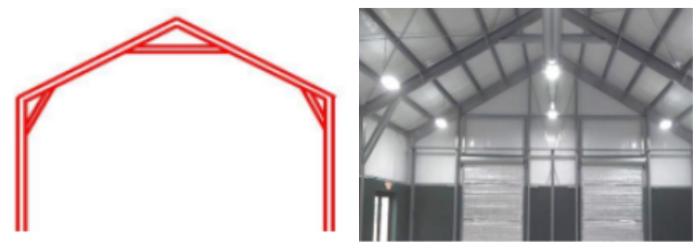
The Cold formed building frame consists of posts (column), rafters, knee and apex braces. The columns and rafters are straight.
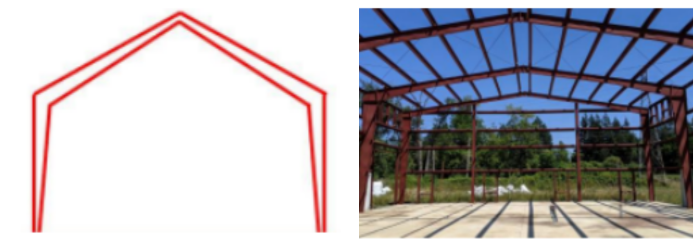
Pre-engineered red iron steel building frame consists of columns and rafters. The column and rafter are typically tapered being narrow at the foundation and peak and wider at the rafter/column connection.
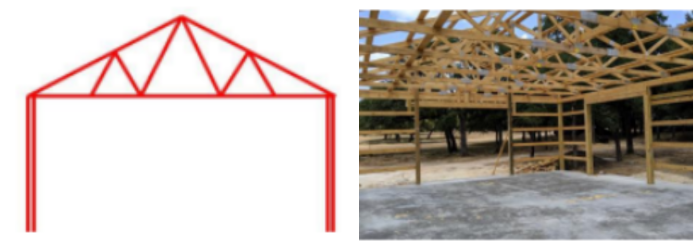
The Wood building frame consists of post and trusses. Posts are straight and trusses form a triangle.
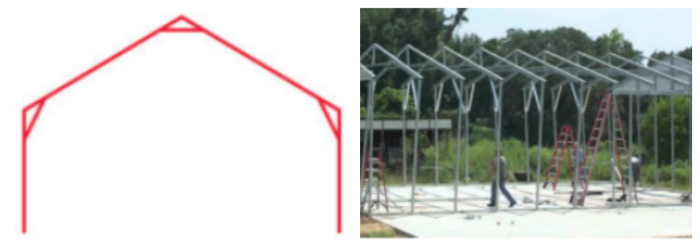
Tubular buildings are made from a frame of metal tubing covered by light, steel panels. This makes the tubular buildings lighter weight and less strong. As a result of their cheaper constructions, tubular building tend to be less durable than a steel building.
Connections
Explore the efficiency and reliability of our connection systems. Robust connections are essential for the stability and safety of your metal building.

On site Cold formed main frame is typically both bolted and screwed together using prepre-drilled plates. COLD FORMED buildings can require some cutting/coping and drilling of braces on site.

On site a Pre-engineered red iron steel main frame is typically bolted together with plates already welded in place in the factory. Structural Steel buildings can require some welding and drilling on site.
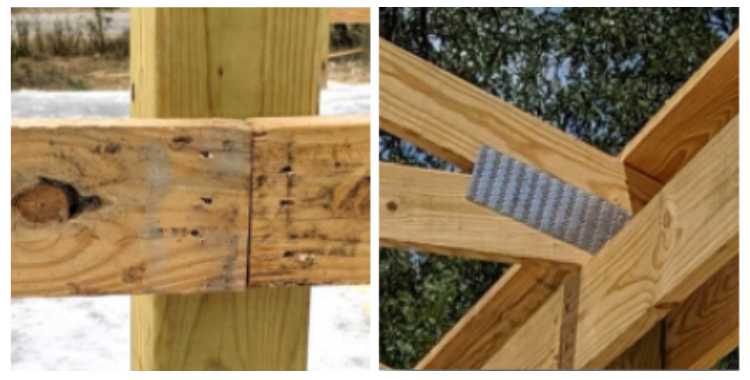
On site a Post frame buildings main frame is typically connected using steel fastenings and plates. Many connections need cut and assembled on site.
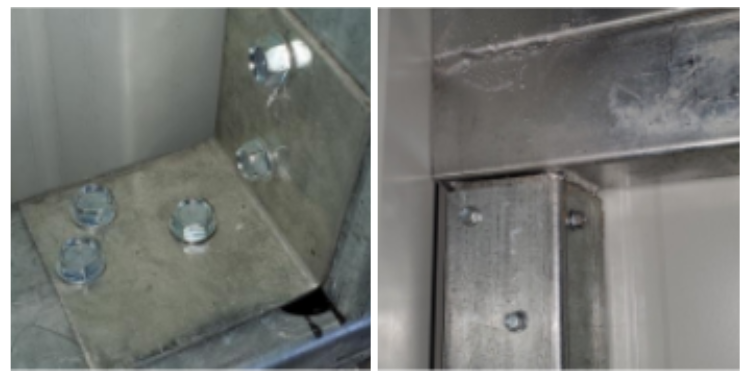
On site Tube steel buildings are connected with sleeving joints at the truss and baserail and then secured with sheet metal screws. Some cutting on site may be necessary. Tube steel buildings use a similar truss style to wood framed buildings and will vary based on building width.
Additional Information
Options
Cold formed are the best most economical choice for buildings with added options;
- Mezzanine floors
- Eaves
- Lean-to’s
- Partition walls
Options can be quickly and easily priced, engineered, and supplied. Options can be more difficult with Structural Steel and Post Frame.
Erection
Most building kits can be put up by a professional owner or your own skilled crew OR Experienced Cold formed building Crew of 3;
- 4 days to erect 30’x40’x10’ Gable *
- 14 days to erect 60’x80’x14’ Gable *
- 15 days to erect 40x50x14 American Barn *
Wood carpenters, steel erectors, roofing contractors are all good options for erectors. Erection is not as physically difficult as a Structural Steel building due to the individual components of a Cold formed not being as heavy.
* If insulation is installed, then erection times and costs will vary slightly
Building Sizes
At the writing of this document-design building in as little as 1/16” increments for width, height, length, no limit limit-width, typically 10’ to 90’ clearspan dependent on the manufacturer providing the building.
Cold Formed building
- 4’ smallest width provided
- 96’ widest width provided-Height, typically 8’ to 20’
- 4’ smallest height provided
- 30’ tallest height provided
Green
Most metal buildings are almost entirely recyclable!
Ready to Get Started?
Our team is ready to answer questions, discuss ideas, and offer a detailed quote.
